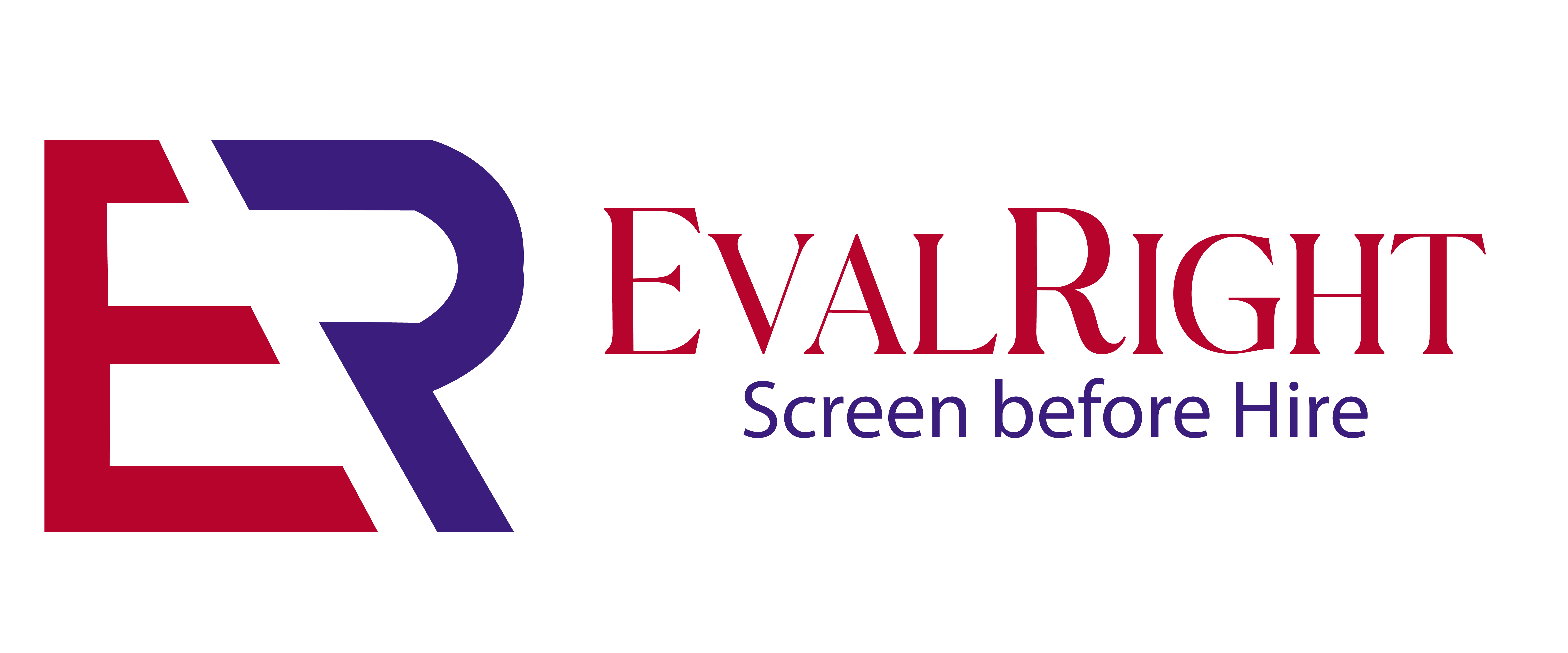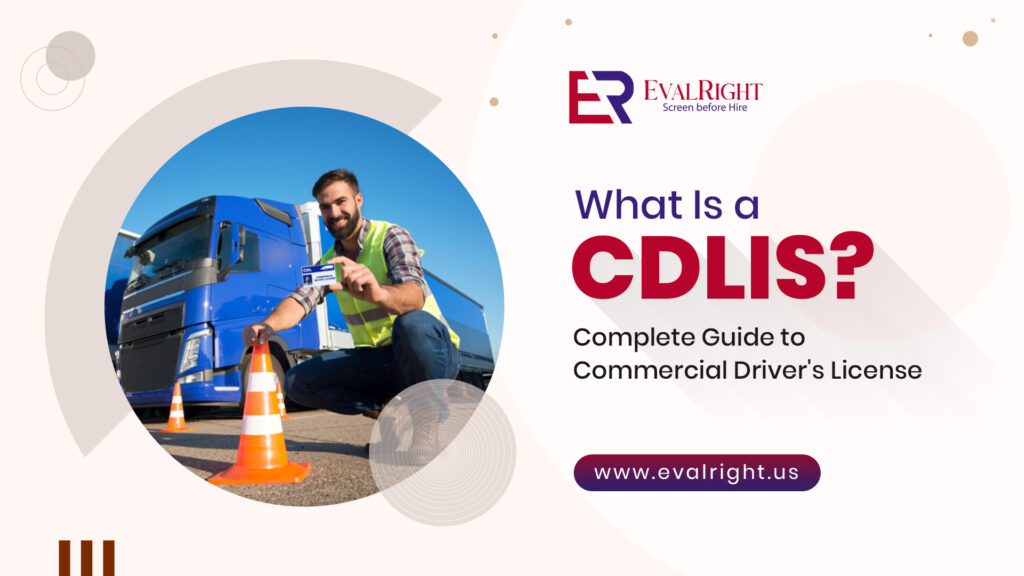In the world of commercial driving, safety, compliance, and accountability are critical. One of the most powerful tools that help uphold these standards in the United States is the Commercial Driver’s License Information System (CDLIS). Whether you’re a fleet operator, employer, or driver, understanding what CDLIS is and how it functions is essential for staying compliant with federal regulations. This complete guide will walk you through everything you need to know about CDLIS — from its purpose and function to how it impacts commercial driver’s license (CDL) holders and motor carriers.
What Is CDLIS?
CDLIS stands for Commercial Driver’s License Information System. It is a nationwide computer system designed to track and exchange commercial driver’s license information between all 50 U.S. states and the District of Columbia. The system was developed to ensure that no driver holds more than one commercial driver’s license at a time — a federal requirement under the Commercial Motor Vehicle Safety Act of 1986. CDLIS is managed by the American Association of Motor Vehicle Administrators (AAMVA) and plays a pivotal role in improving highway safety by:
- Tracking the licensing history of commercial drivers
- Recording convictions for traffic violations
- Preventing drivers from obtaining multiple CDLs across different states
Why Is CDLIS Important?
CDLIS enhances road safety and ensures federal compliance by:
Eliminating Duplicate Licenses
Drivers may attempt to hold multiple licenses to hide past violations. CDLIS prevents this by linking driver records across states using a unique CDLIS Master Pointer Record (MPR).
Ensuring Proper License Issuance
Before a CDL is issued, the state licensing agency must check the CDLIS to verify the applicant’s history. If the applicant already holds a CDL in another state, they must surrender it before obtaining a new one.
Enhancing Law Enforcement & Employer Access
Law enforcement agencies and employers use CDLIS data to assess a driver’s record, improving hiring decisions and roadside safety enforcement.
How CDLIS Works
CDLIS works through a centralized pointer system that connects state driver licensing agencies (SDLAs). When a commercial driver applies for a license or is cited for a violation, that information is logged into the state system and shared through CDLIS.
Key Components of CDLIS:
- Master Pointer Records (MPR): Each commercial driver has an MPR that includes basic information such as name, date of birth, Social Security Number (SSN), and CDL number.
- Driver History Records (DHR): These are maintained by the state of record (SOR) and contain detailed driving history, including suspensions, revocations, and traffic violations.
- State of Record (SOR): The state currently holding the driver’s CDL and responsible for maintaining their full driving record.
Who Can Access CDLIS?
Access to CDLIS is restricted and regulated to maintain data security and privacy. The following entities can access CDLIS for legitimate purposes:
- State Driver Licensing Agencies (SDLAs)
- Federal Motor Carrier Safety Administration (FMCSA)
- Authorized law enforcement agencies
- Employers and companies using third-party background screening services
Employers use CDLIS information during pre-employment screening through the CDLIS MVR (Motor Vehicle Record) check, which is vital in hiring safe and qualified drivers.
CDLIS vs. NDR vs. PSP
To fully understand CDLIS, it’s helpful to differentiate it from other driver data systems:
| System | Purpose | Access |
|---|---|---|
| CDLIS | Tracks CDL issuance and violations across states | States, FMCSA, employers |
| NDR (National Driver Register) | Tracks problem drivers (license revocations, suspensions) | States, employers, some federal agencies |
| PSP (Pre-Employment Screening Program) | Offers crash and inspection history from FMCSA data | Employers and drivers |
Each system plays a role in improving safety but serves slightly different purposes.
How CDLIS Benefits Drivers and Employers
Benefits for Employers:
- Prevents hiring drivers with fraudulent or revoked CDLs
- Helps comply with DOT safety regulations
- Improves fleet risk management
- Reduces liability from hiring unsafe drivers
Benefits for Drivers:
- Ensures fair treatment by maintaining a transparent and verifiable driving record
- Prevents wrongful suspension or duplicate licensing issues
- Supports easier CDL transfers between states
How to Conduct a CDLIS Report Check
Employers can access CDLIS reports through authorized background screening companies or state DMV partnerships. The CDLIS MVR Report provides:
- Driver’s current CDL number and issuing state
- Previous states of licensure
- Basic driver identification details
Note: The CDLIS does not include full driving history — for that, a Motor Vehicle Record (MVR) from the state of record must be obtained.
Final Thoughts: CDLIS & Compliance
Understanding CDLIS is critical for maintaining compliance with FMCSA regulations and enhancing road safety. Whether you’re a driver trying to manage your CDL credentials or an employer vetting applicants, leveraging CDLIS is not just helpful — it’s mandatory.
Key Takeaways:
- CDLIS is the backbone of U.S. commercial driver license management.
- It ensures that commercial drivers hold only one valid license at a time.
- Employers must use CDLIS as part of their DOT-compliant hiring process.
- The system boosts transparency, safety, and accountability across the transportation industry.
Frequently Asked Questions (FAQs)
A: No, CDLIS is typically accessed by state licensing authorities and authorized third-party vendors. Drivers can request their record from their licensing state.
Q2: Can I have a CDL in more than one state?A: No. Federal law prohibits holding more than one CDL. CDLIS enforces this rule.
Q3: How can employers stay compliant using CDLIS?A: By conducting regular CDLIS checks and combining them with full MVRs and PSP reports during the hiring process.
Start your background Verification right now – Get A Quote


